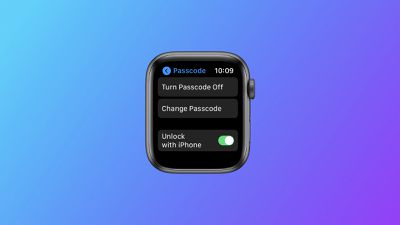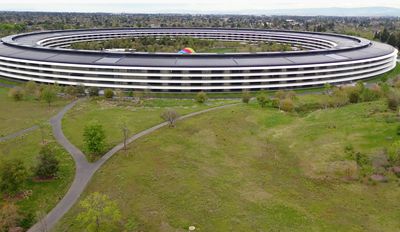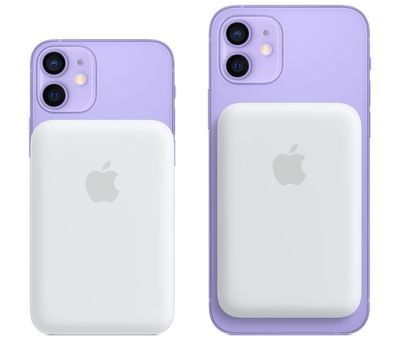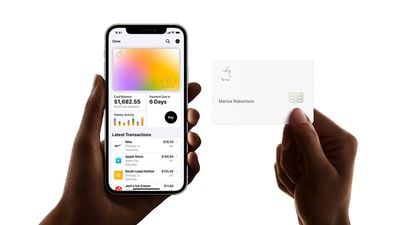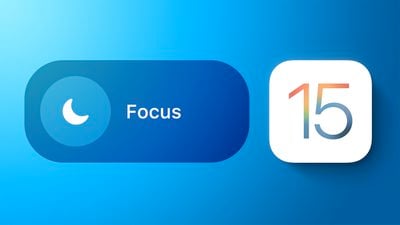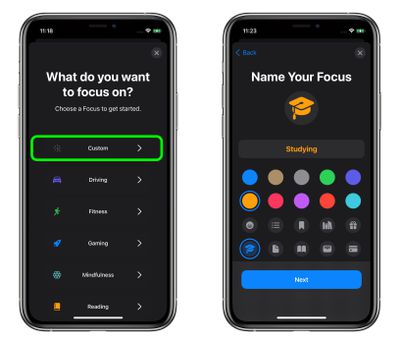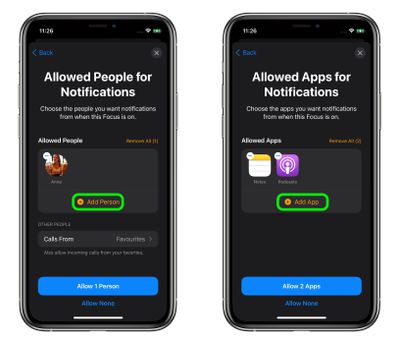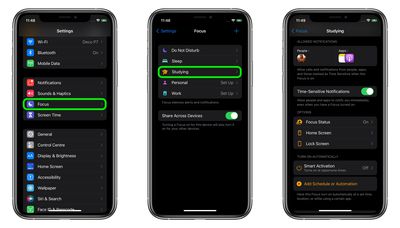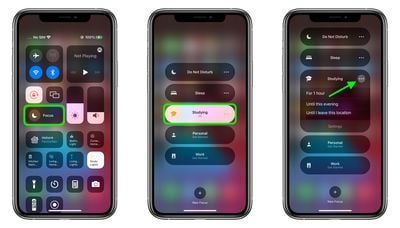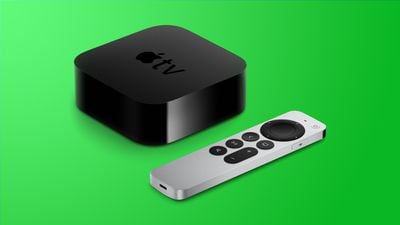The U.K. government is today unveiling its plan to regulate tech giants, such as Apple, to ensure that the U.K's digital market, which includes platforms such as the App Store, is open for competition, and not dominated by any particular company.

In April, the U.K. created the DMU or Digital Markets Unit under the Competition and Markets Authority. With newly given powers, that new unit will now be able to designate big tech companies as "Strategic Market Status." Companies with the SMS status will be required to "follow new rules of acceptable behavior" that aim to boost competition and growth for the economy.
The Digital Markets Unit (DMU) will be given the power to designate tech firms that hold substantial and entrenched market power with 'Strategic Market Status' (SMS). This will require them to follow new rules of acceptable behaviour with competitors and customers in a move that will benefit the public and drive growth and innovation across the economy.
The DMU, launched in non-statutory form within the Competition and Markets Authority (CMA) in April, will work alongside firms to inject stronger competition into the digital tech sector resulting in more innovation and fairer terms for UK businesses, including startups, news publishers and advertisers. It will bring better consumer choice and control, making it easier for people to take their business elsewhere.
While no companies are directly listed as being designated as "Strategic Market Status," the U.K. has been ramping up its investigations and concerns against Apple. The U.K. and others have been investigating Apple over concerns that it holds a dominant position in the markets that it operates in, a rhetoric Apple has pushed strongly against. Countries are also concerned about alleged anti-competitive behavior undertaken by Apple.
One of the largest concerns of governments, and the catalyst behind Apple's legal battle with game developer Epic Games, is the App Store. Apple only allows users to download apps on iPhone and iPad from its App Store platform, which it controls. Apple must approve all apps that go onto the store, and there has been rising pressure for the company to allow users to "sideload" apps, giving users the freedom to download apps beyond the platform.
As part of the new proposal, the Digital Markets Unit may require that companies avoid restricting users to a specific or "default" service to prevent them from limiting competition. That new requirement would branch under a new "mandatory code of conduct" that tech companies would need to follow. If a company fails to follow the code, it could be subjected to fines or could be forced to overturn decisions.
The consultation seeks views on the objectives and powers of the DMU and details a new mandatory code of conduct, which will set out what is expected of firms for fair trading, open choices and trust and transparency. This could include tech platforms not pushing their customers into using default or mandatory associated services, or ensuring third party companies that depend on them aren;t blocked from doing business with competitors.
The code will be underpinned by robust investigation and enforcement powers. These may include imposing fines of a maximum of 10 per cent of a firm's turnover for the most serious breaches.
The DMU could also be given powers to suspend, block and reverse code-breaching behaviour by tech giants - for instance unfair changes in their algorithms or T&Cs - and order them to take specific actions to comply with the code.
One direct implication for Apple could be the DMU overturning decisions it makes regarding the App Store. Apple has policies that govern the App Store and a development agreement that all developers must consent to before distributing apps on the platform. Under the proposal, the DMU could possibly overturn some of Apple's App Store decisions, such as what apps are rejected, or even the direct terms and conditions that developers must agree to.
The App Store and its governing policies came under the spotlight last August when Epic Games, the makers behind the hit game Fortnite, breached Apple's App Store Guidelines by introducing an unauthorized payment method for in-app purchases. Some are concerned that Apple uses its App Store Guidelines as an unfair way to limit competition.
The U.K's Digital Secretary, Oliver Dowden, called the new measures a "champion" effort to give smaller companies a chance to compete in the digital market and to "make sure" that tech companies play by the rules.
So we will be giving our new Digital Markets Unit the powers it needs to champion competition and drive growth and innovation, with tough fines to make sure the biggest tech firms play by the rules.
Apple has been contacted for a response to the new proposal and we'll update this if we hear back.




